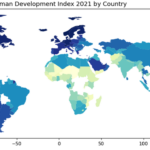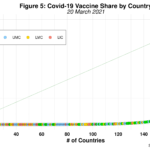Nokia, IYF, Pearson and UNDP held its quarterly meeting on 4 April.
The meeting concentrated on 3 central isssues: International launching for Philippines pilot in May; discussion on the guidelines for visual representation of the partnership including use of logos; set up of conditions for pilot scalability and replicability at the country level.
The launch of the pilot will take place on 16 May. UNDP RR in Manila will be representing us and will make a short presentation at the launching. The preeidnet of the Philippines will also be attending as well as the Minister of Education. Most of the discussion on the subject were logistical but some of it dealt with the specifics of the agenda proposed by the local partners.
Nokia has hired a private PR firm to develop a logo for the partnership as well as the visual guidelines for any international or local partners to use when they join the programme. Most of the discussion here centred on the use of main partners logos by local implementating partners. The latter are given the option to create their own name if the wish to do so and add logos of local partners but wil have to request permission from each of the main partners for loal use of their logos. The guidelines will include spcecific text on this.
The last item was perhaps the most interesting. As the pilot in 40 schools is going well and initial results from the evaluation are expected in November, the question for the national steering steering committee and advisory group related to pilot scalability. I suggested that the only way to make this programme sustainable and thus scalable is to make sure that national policies are adjusted accordingly to allow for the deployment of Bridge-it related solutions, in particualr those related to teacher capacity building and studente learning. The idea is to present to the Advisory groiup just before the launching a short 2 pager on this, based on the experiences and early results from the school pilots to shift the discussion away from quantity and funding and into policy and sustainability.
Ra�l





